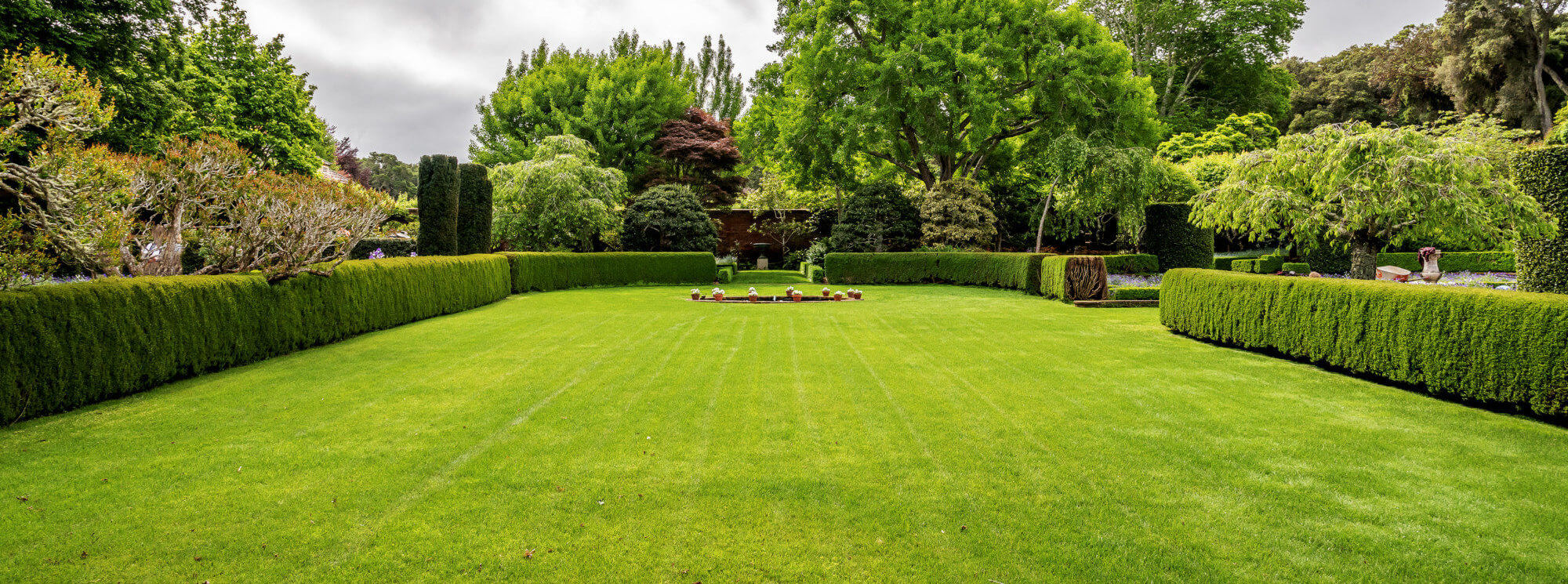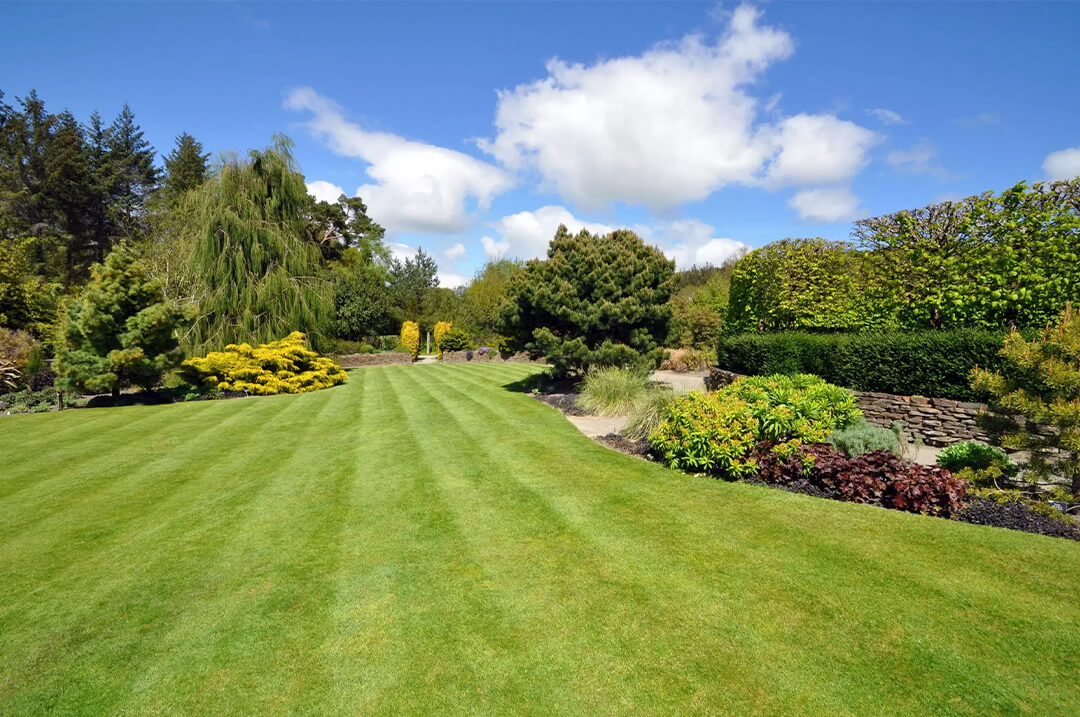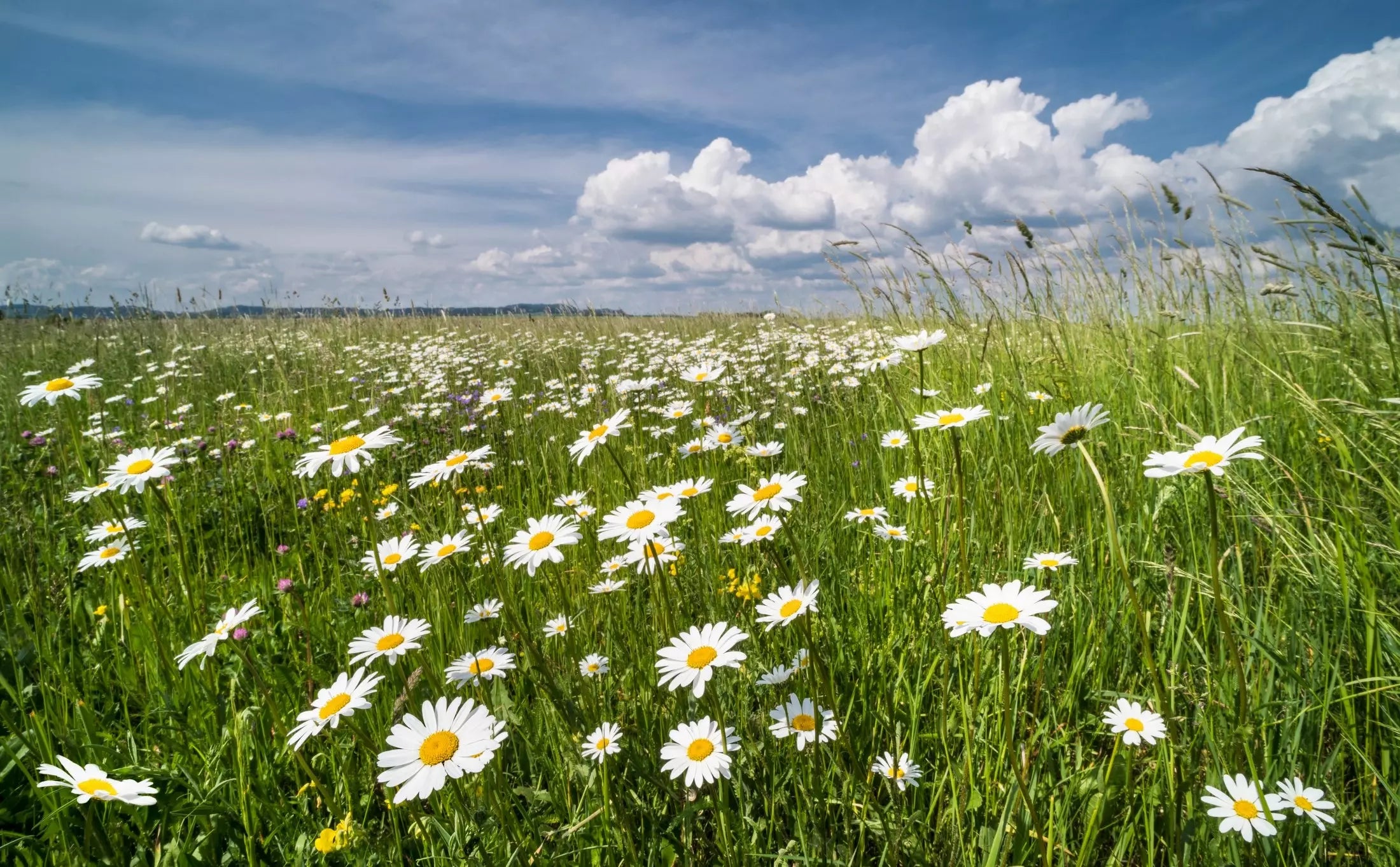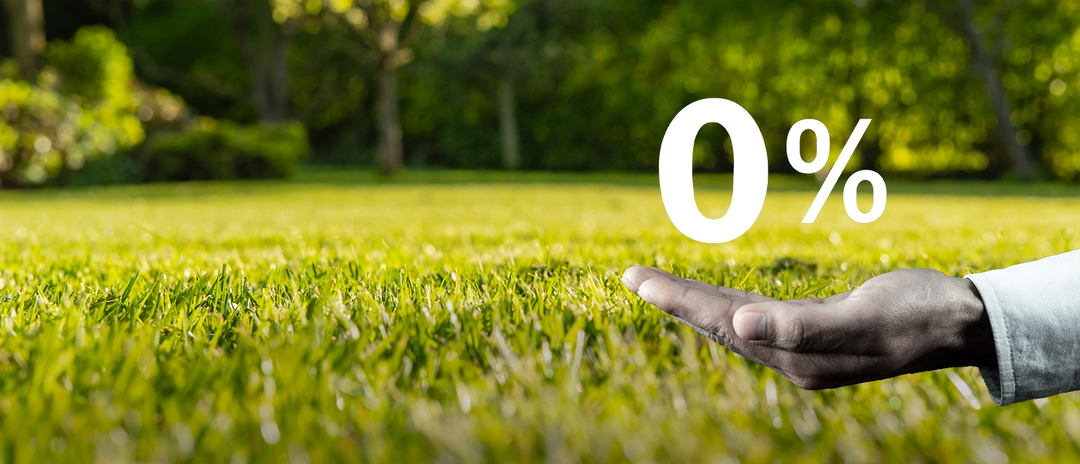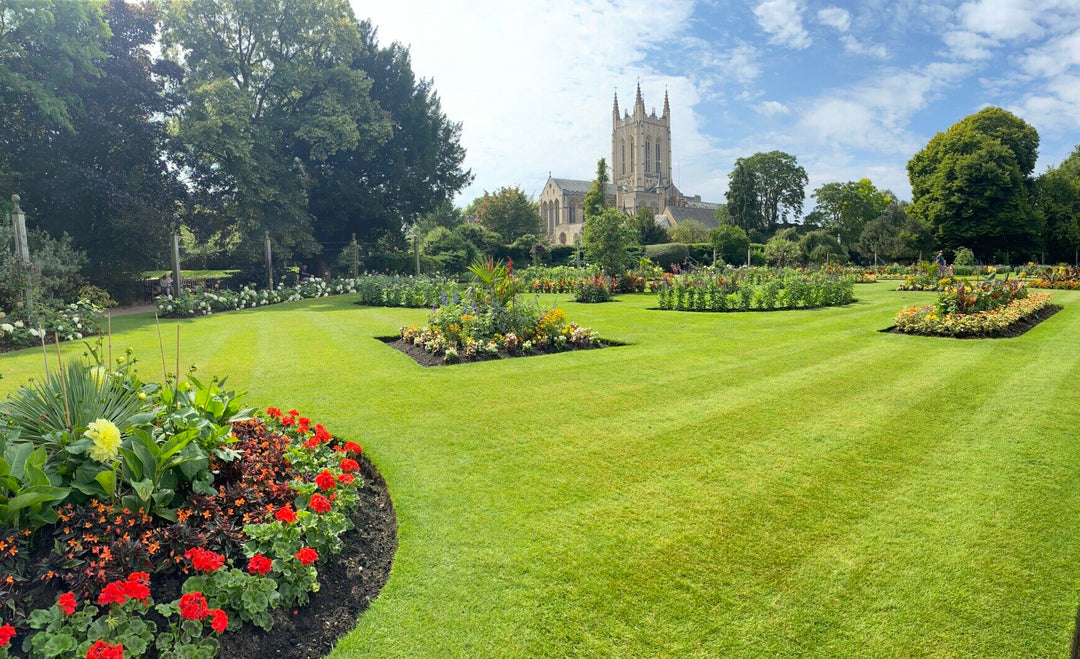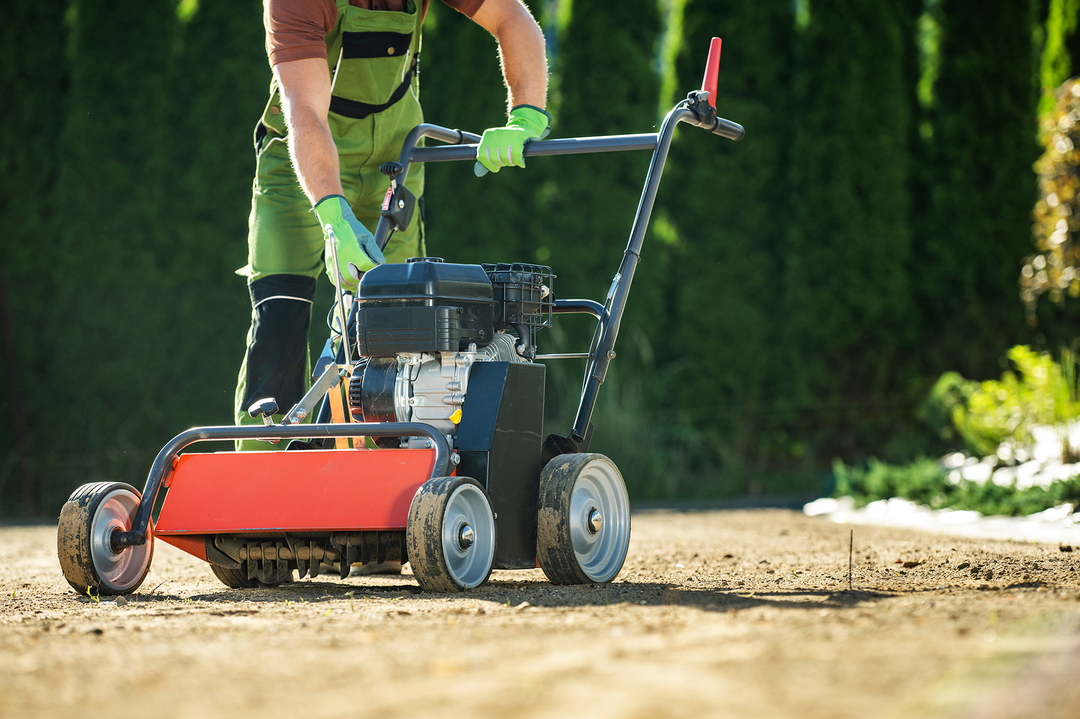Noticed Patchy Grass Where Trees Used to Be? You're Not Alone!
After removing trees, many gardeners and homeowners find that their lawn flourishes — except in the exact spots where the trees once stood. Despite reseeding and fertilising, these areas often remain thin, dry, or completely bare.
If you're experiencing this, there’s good news: it’s a common issue with some clear causes — and even clearer solutions.
Why Grass Won’t Grow After Tree Removal
1. Compacted or Depleted Soil Tree roots can leave behind heavily compacted soil that lacks proper structure and nutrients — two key ingredients for healthy lawn establishment. Solution:- Loosen the soil with a garden fork or aerator.
- Add organic matter such as compost to improve structure and fertility.
- Use a soil pH test kit to assess acidity.
- Apply garden lime to raise the pH if it’s below 6.0.
- Clear out any visible debris or leftover mulch.
- Topdress with fresh topsoil or compost before reseeding.
- Rake and lightly aerate the area to improve sunlight and airflow.
- Consider using a shade-tolerant grass seed mix if partial shade remains.
- Apply a balanced lawn fertiliser before overseeding.
- Water well after feeding to activate nutrients and support new growth.
How to Restore Grass in Former Tree Areas
- Clear and loosen the soil
- Test and adjust pH as needed
- Topdress with compost or enriched soil
- Apply a suitable fertiliser
- Rake, reseed, and water thoroughly




